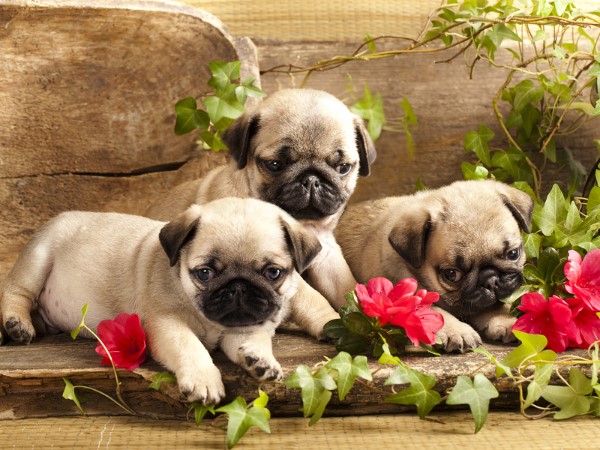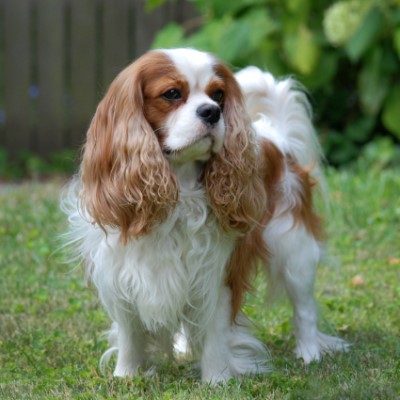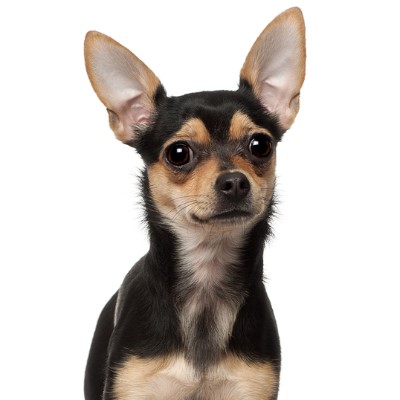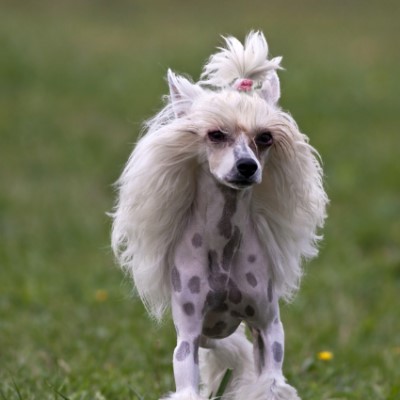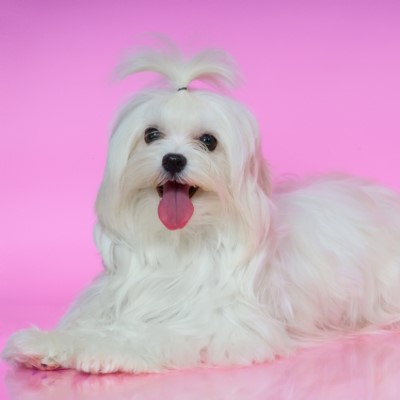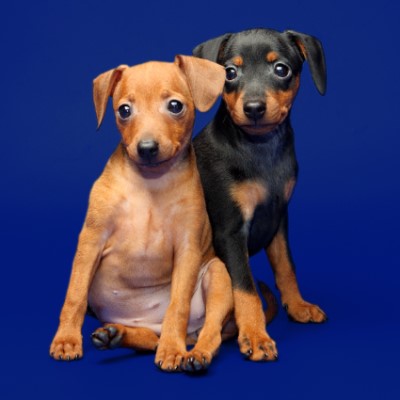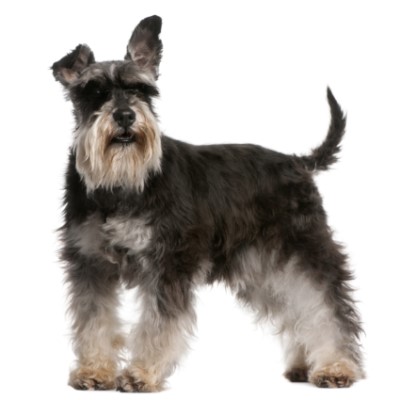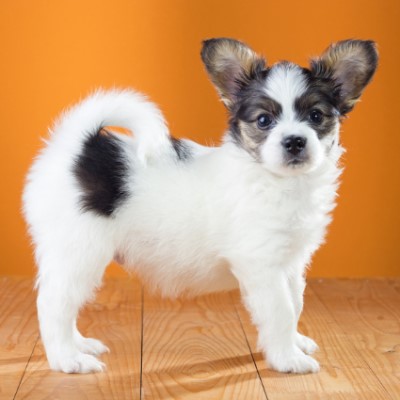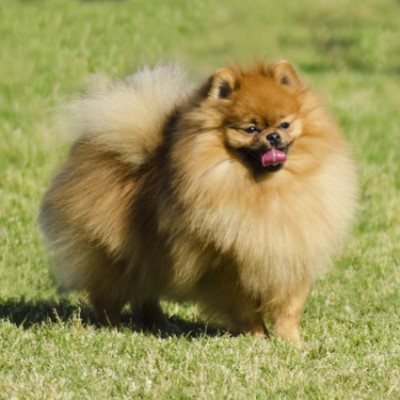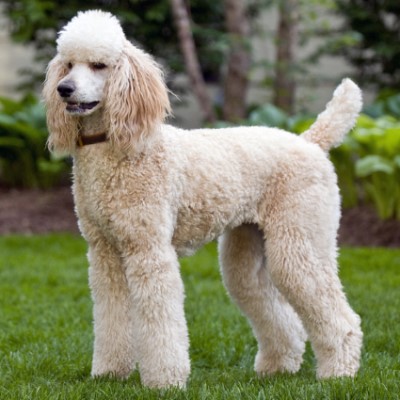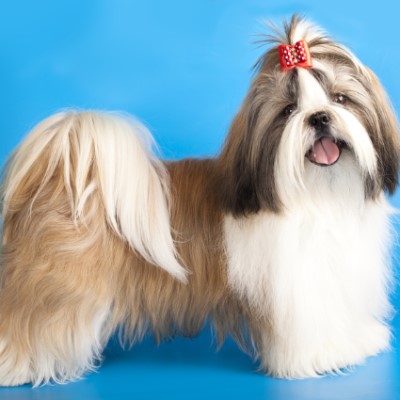Common Reasons for Surrender
Pugs lose their homes for the same reasons as many breeds—couples divorce, the owner has health issues and can no longer take care of the Pug, and financial difficulties make it impossible to care for a dog anymore. Some rescues are inundated with Pugs in April, after they had been given as Christmas presents in December, without the giver or receiver first doing proper research on caring for a dog.
Pros
The Pug is an ideal dog for families with children, provided the children are taught how to respect the dog. It’s important that children understand that all dogs, Pugs included, do not like hugs. (Insert hyperlink to children’s Ebook on PetStarter, tentative title, Don’t Hug a Pug, Don’t Smooch a Pooch). Hugs are human displays of affection. Pugs and dogs in general like to be patted on the side of the neck and love being with their families. Yet, if you work eight hours a day and have a two hour commute, your Pug will be fine by himself. When you’re home, he’ll want to be by your side, on your lap while you’re sitting down, and in bed with you at night. Pugs are also great with other dogs and even cats.
Cons
Pugs are stubborn and can be difficult to house-train but can learn with time, patience, and treats, as they are food motivated. Pugs aren’t known for being particularly loyal, although they do bond tightly to their humans, and adjust well to new people, often making it easier to rehome a homeless Pug.
Diet
An extremely food-driven breed, Pugs will eat anything. You must carefully monitor what you feed your Pug or she will easily become overweight. Ideally, feed your Pug a high quality food, and split her food into two separate meals of between a third of a cup to a half of a cup of food each meal. You may also want to offer your Pug fruits and vegetables sparingly, and many will enjoy a small bit of cottage cheese, which also helps keep their coats healthy.
Exercise
Pugs don’t need or want much exercise. If you’re looking for a running, jogging, or hiking partner, you’re out of luck with the Pug. A short walk around the block or some time to run around in the yard is all a Pug really needs to keep him happy. If you attempt a walk over a half of a mile, be prepared to carry your Pug home.
Possible Health Issues
Pugs have bulging eyes and are prone to eye problems, such as pigmentation, which can generally be fixed with surgery. Luxating patellas, ear infections, and allergies are all common with Pugs. Only use a harness on your Pug when walking him. Never use a collar. Pugs have very delicate respiratory systems. If your Pug pulls on his leash when he’s wearing a collar, he could easily collapse his trachea, which will result in a lifetime of breathing problems.
Housing
Pugs should live inside with their families. They should only go outside for walks, playing, to relieve themselves, and on outings with their families. Unlike most breeds, Pugs don’t have sweat glands, which means they can quickly die from a heat stroke if they’re outside for even a few minutes in the heat. Keep your Pug out of the extreme heat and cold as he does not do well in extreme weather.
The Pugs’ small size makes them an ideal pet for apartment dwellers as well as homeowners.
Grooming
Pugs require relatively little grooming. You should brush your Pug at home at least once a week and clean his ears and wrinkles weekly. Unfortunately, a Pug’s nails grow quickly. Most Pugs hate getting their nails cut and will fight against it, so you may need to take your dog to the vet or to the groomer for nail cuttings.
Training
A stubborn breed, Pugs pose a challenge when it comes to training. If your Pug decides he doesn’t want to do something, he’s most likely not going to do it. Pugs require positive reinforcement as they are also extremely sensitive. If you raise your voice and become angry at your Pug, you won’t make any progress. Pugs typically will learn a few commands, such as sit and lie, but most aren’t interested in training and agility. Use positive reinforcement and offer a treat as a reward for a job well done.
Entertainment
Pugs love to play, especially with stuffed toys, but after a few minutes your Pug will be ready to flop down for a well-deserved nap. Napping, especially with their favorite person, is a Pug’s favorite pastime.
We want to thank Michigan Pug Rescue and Kentuckiana Pug Rescue (KPR) for help with this profile.
